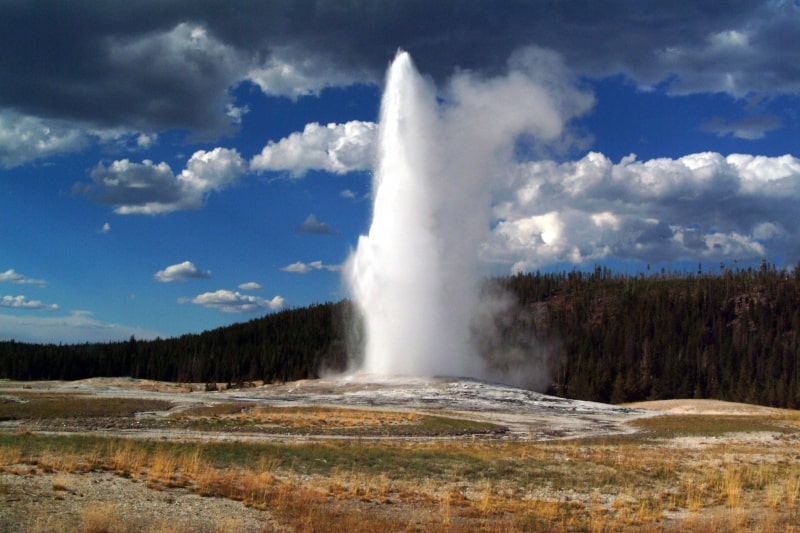
Old Faithful Facts
- This magnificent creation of time and geological processes most commonly goes by the well-earned name of Old Faithful. Yet it does have at least one, less used english language title. That’s the symbolic appellation of Guardian of the Valley.
- It’s clear that ancient Native Americans of the region long knew of its existence. Archaeological evidence indicates that various groups inhabited the immediate region as far back as 11,000 years ago. Their names for the site referred to its many features.
- Regardless of what term’s applied to it, this natural marvel stands out from all the rest. It also earned its name for wholly appropriate reasons. That’s due to the fact that, even today, it represents one of the most predictable such geological features on earth.
- Among non-indigenous people, an expedition led by American, Henry Washburn, first spotted the stunning site in 1870. The nature of the entire region baffled and amazed them. None of its features, though, did so more than this astounding geyser.
- They quickly dubbed it with the name Old Faithful, by which it’s now known by around the world. Thankfully, it lies within the boundaries of what’s today named the Yellowstone National Park. In fact, it represents the single most visited site in the Park.
Related Articles
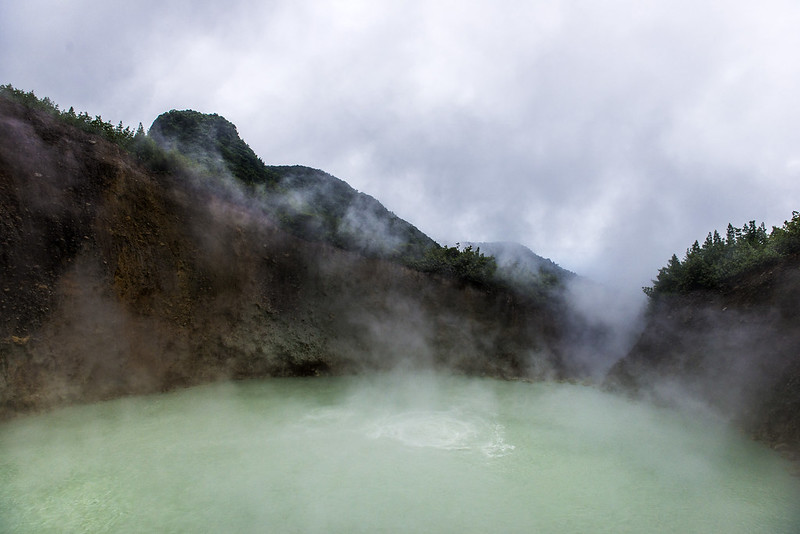
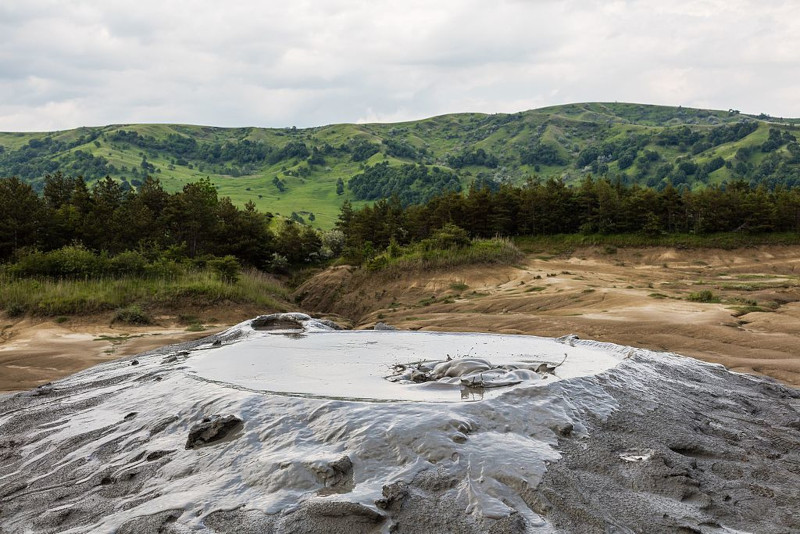
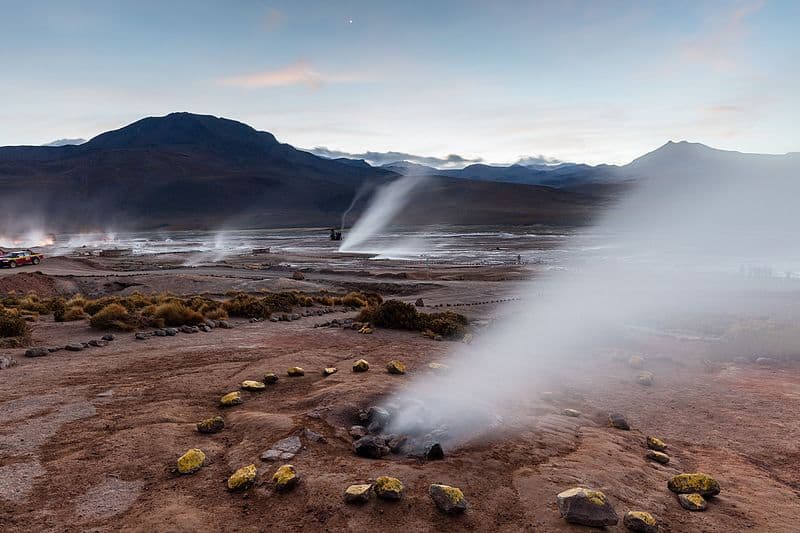
Old Faithful Physical Description
The astonishing Old Faithful instantly captivates any individual fortunate enough to visit the site. It understandably does so mainly due to its nature. Yet, it also boasts other intriguing and impressive characteristics for those who take the time to notice.
Geysers come in two main categories. Those consist of types rightfully named fountain geysers and cone geysers. This iracle of natural forces represents an example of the latter. It, and others of its type around the world, propel their water from comparatively narrow jets.
Like others of its kind, it displays a roughly cone-shaped shape, as the term implies. The dimensions of the cone itself vary slightly, as minerals are deposited and wash away. At the top of this structure, though, lies the vent from which the superheated water erupts.
This aspect possesses an approximately rectangular shape. Its width averages about 2 ft (51 cm) across its extent. The length of this aperture, meanwhile, measures roughly 3.5 ft (1.07 m). Despite the incredible pressures and heat, this remains essentially unchanged.
The eruptions of Old Faithful vary in interval, though within a repeating range pattern. These activities also vary in duration, volume, and height. Each additionally lasts for a duration of between 1.5 – 5 minutes. An average eruptions reaches a height of 145 ft (44 m).
Old Faithful Location, Formation, and Activity
The remarkable feature of geology named Old Faithful formed in both a broad and specific region of the globe renowned for its abundance of similar marvels. That’s because this intriguing location formed in part of what’s now known as the continent of North America.
There, this masterpiece of Nature sits within the borders of the United States. Its more exact location places it in the immediate region of the northwestern part of the midwest region. That’s due to the fact that it sits inside the borders of the state of Wyoming.
Unfortunately, scientists do not know excatly when this stunning geyser first began to form. Researchers do know, however, that prior to around 15,000 years ago, the region was buried under glaciers. If it had been present before their formation, they would have erased it.
The amazing site, at least as we know it today, therefore obviously formed sometime after this geological era. The deposition of minerals that formed its cone takes millenia, though. This indicates that its creation likely began relatively shortly after the ice receded, at least.
During the time that recordings of the patterns of Old Faithful have been kept, the interval between eruptions has changed. That interval now measures much longer than it once did. Scientists believe this to be the direct result of many small earthquakes in the area.
These are also believed responsible for altering the levels of the subterranean water deposits which feed the geyser. Ironically, however, these actually made the geyser more predictable than before. The greater the duration of an eruption, the longer the next interval will be.
Intervals between eruptions nevertheless remain between 45-125 minutes and average 90 minutes today. The average once only measured 66.5 minutes. The volume of water ejected further ranges from between 3,700-8,400 US gallons, depending upon the duration.
Features Sharing Its Region
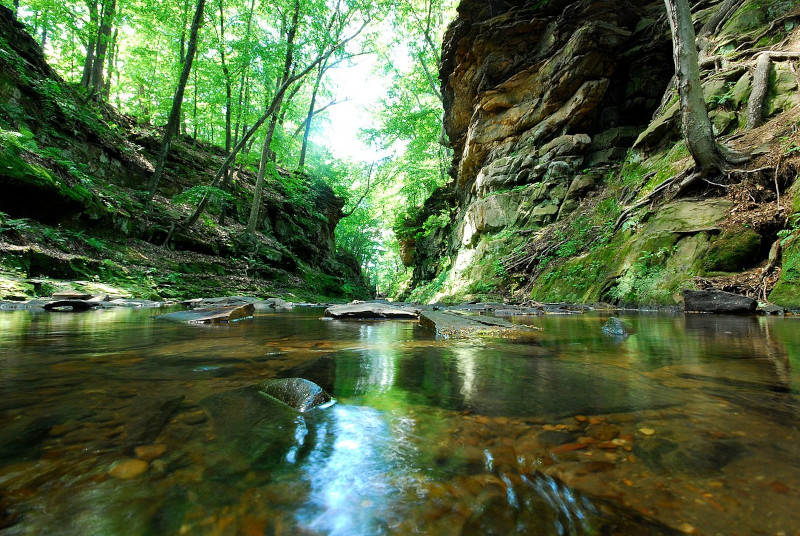
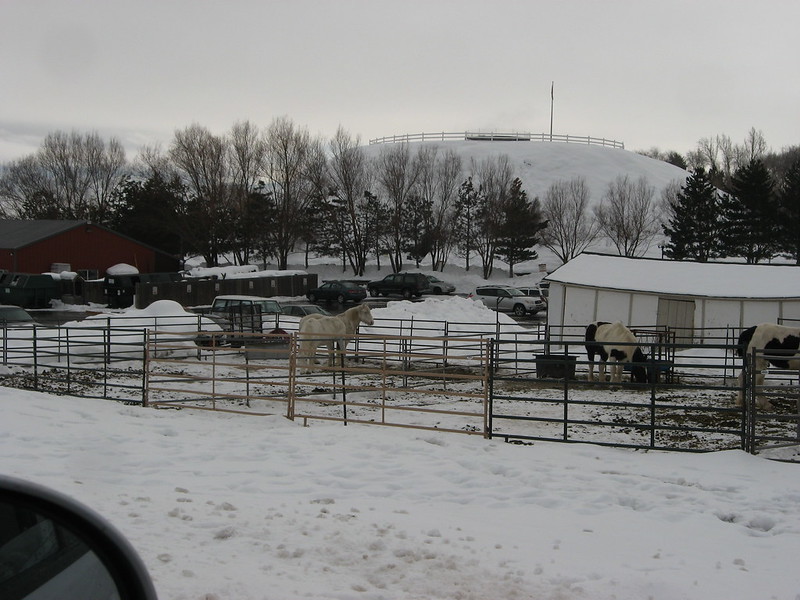
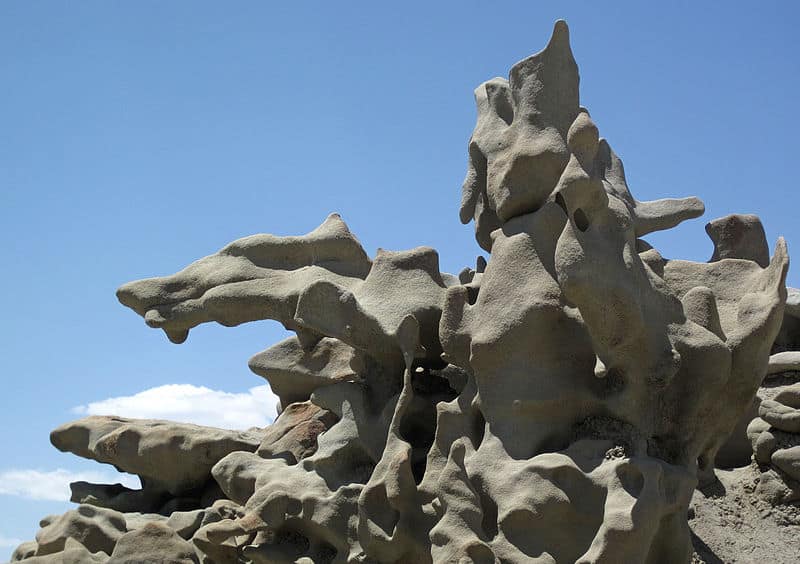
Check out our other articles on 7 Magnificent Wild Canines, Vampire Squid, Mycena Chlorophus, Ringed Seal, Mount Erebus, Goldsmith Beetle, Indian Vulture, Philippine sailfin lizard

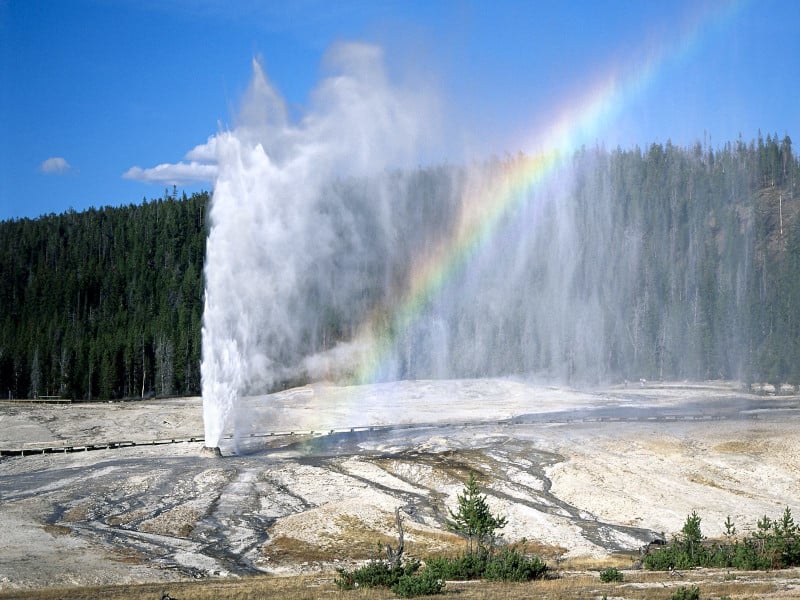









Leave a Reply